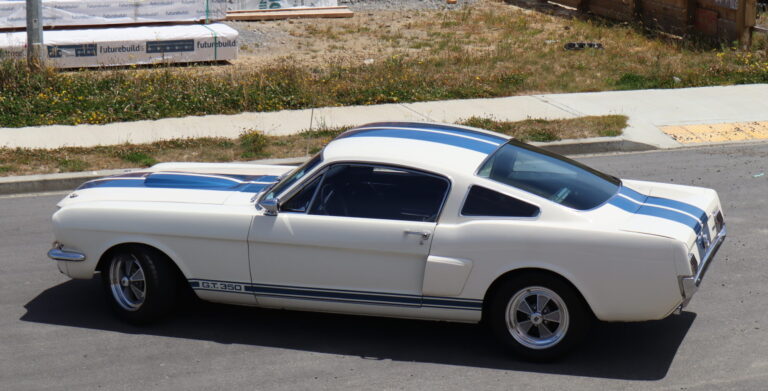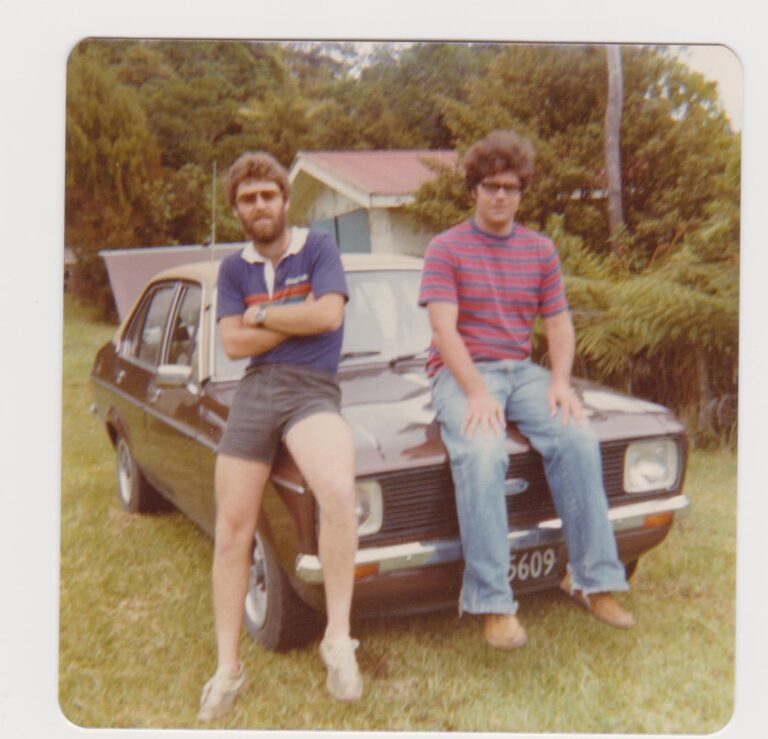Microcars at Large by Adam Quellin, examines a period in motoring history following World War II when raw materials were in short supply and many simply couldn’t afford a full-sized car. With war-ravaged economies suffering, automakers turned their hand to building basic transportation. The result was a series of what are now known as microcars or, in some instances, ‘bubblecars’. Even manufacturers such as BMW cashed in on the trend, Messerschmitt got in on the act, and British firms such as Reliant and Bond came up with their own quirky designs.

This lavishly illustrated guide covers the weird and wonderful world of microcars, from the basic bubblecars of the ’50s to the sophisticated modern models.
Microcars at Large is available now as a full-colour eBook, as well as a black-and-white e-ink version. For more information, visit veloce.co.uk.


